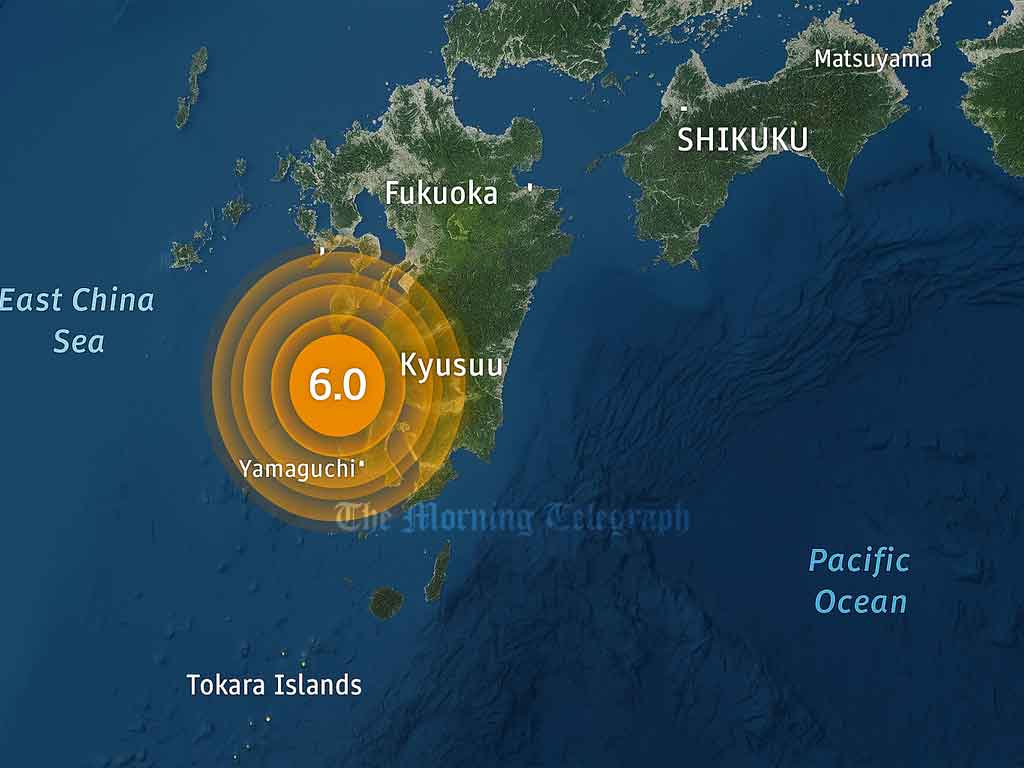
Kyushu, Japan – A magnitude 6.0 earthquake struck Japan’s Kyushu region early Wednesday morning, according to the National Center for Seismology. The Japan Meteorological Agency (JMA) confirmed the quake occurred at 7:34 AM local time at a depth of 40 kilometers.
While the tremor was felt across the region, no immediate reports of damage or casualties have been issued. Authorities are continuing to monitor the situation and assess any potential impacts.
The event comes on the heels of a devastating 7.7-magnitude earthquake in Myanmar, which killed more than 2,800 people and displaced thousands. The close succession of these significant seismic events has reignited public concern over earthquake preparedness across Asia, particularly in Japan.
Government Warns of Future Megaquake Risk
Earlier this week, the Japanese government released an alarming new forecast, warning that a future “megaquake” and accompanying tsunami could result in as many as 298,000 deaths and cause up to $2 trillion in economic losses.
The term megaquake refers to extremely powerful earthquakes, typically exceeding magnitude 8, capable of triggering widespread destruction and massive tsunamis. The updated projection builds on a 2014 estimate and focuses on a possible rupture along the Nankai Trough, a volatile 800-kilometer undersea trench extending from Shizuoka to southern Kyushu. This zone marks the convergence of the Philippine Sea Plate and Japan’s continental plate, making it one of the most seismically active regions in the world.
A Nation No Stranger to Quakes
Japan’s seismic vulnerability is well-documented. In August last year, the JMA issued its first-ever megaquake advisory after a 7.1-magnitude earthquake in southern Japan injured 14 people. More recently, in January, a powerful quake hit the Noto Peninsula, killing at least 260 people, with an additional 30 deaths later attributed to related injuries and conditions.
Despite the persistent risk, Japan’s strict building codes and cutting-edge early warning systems have helped significantly reduce casualties in many recent earthquakes. Still, officials stress that constant preparedness and public awareness remain essential.
“Japan has some of the most advanced earthquake monitoring systems in the world, but we must always remain vigilant,” a JMA official said in a statement.
Residents in earthquake-prone areas are urged to remain alert and follow official safety protocols.







